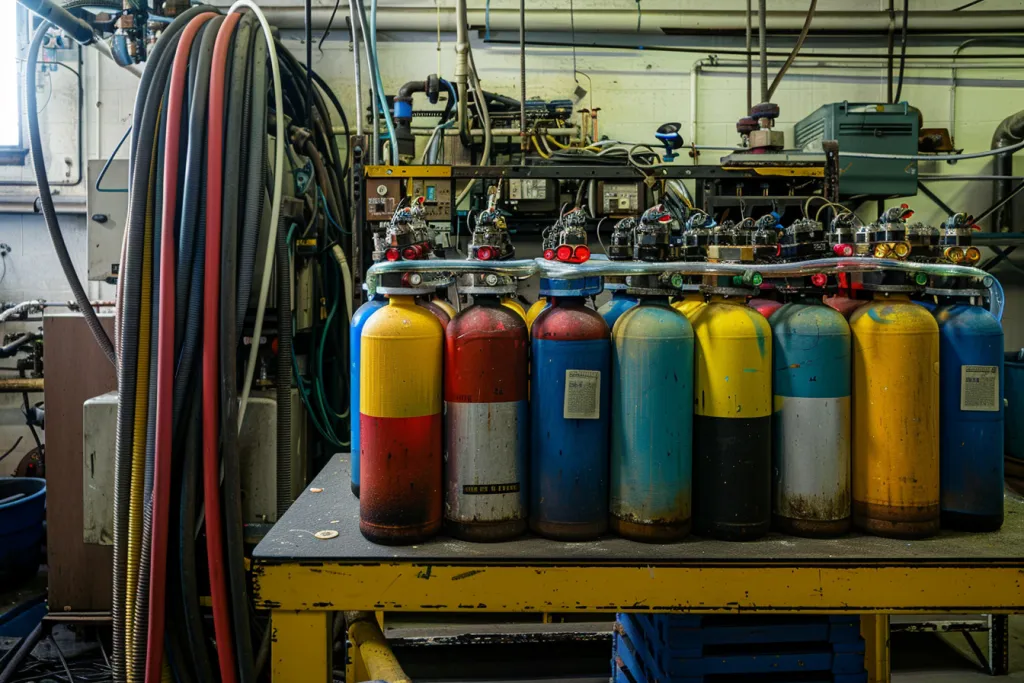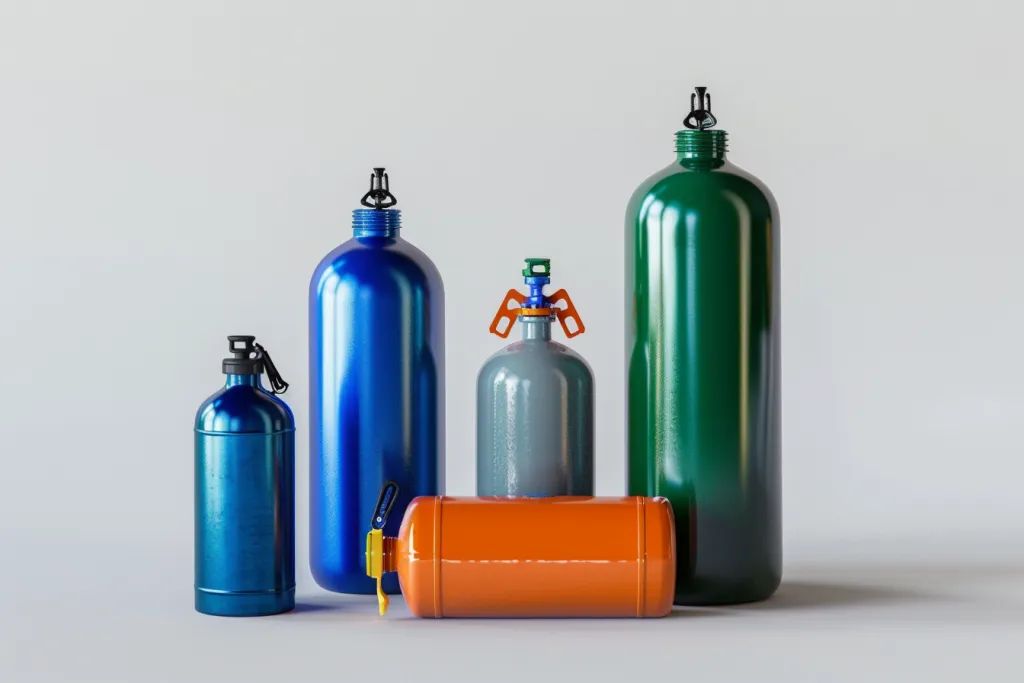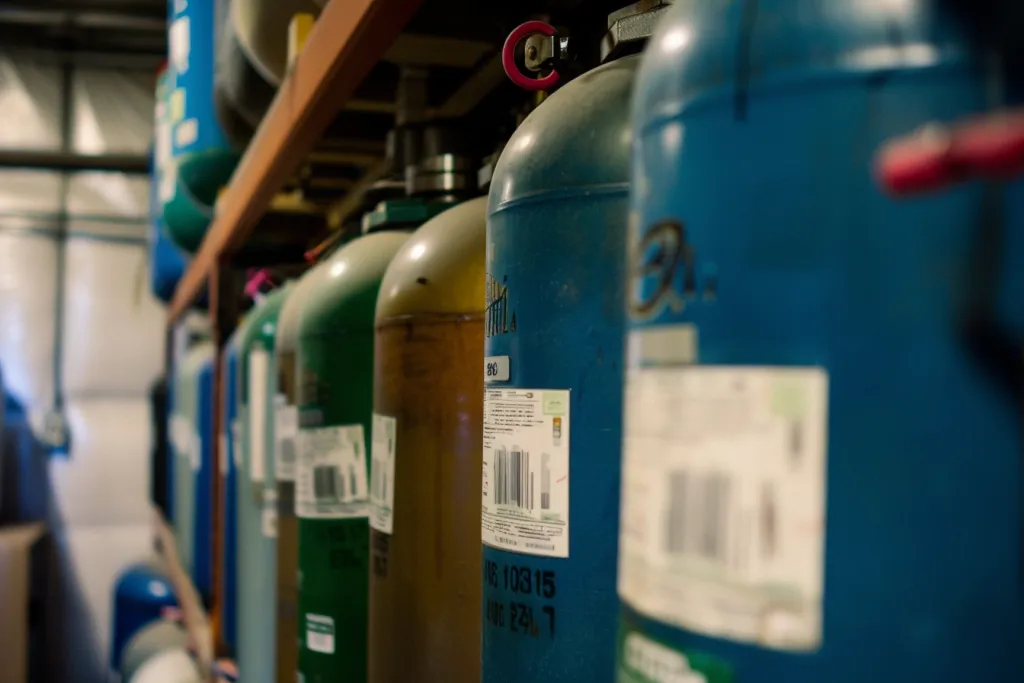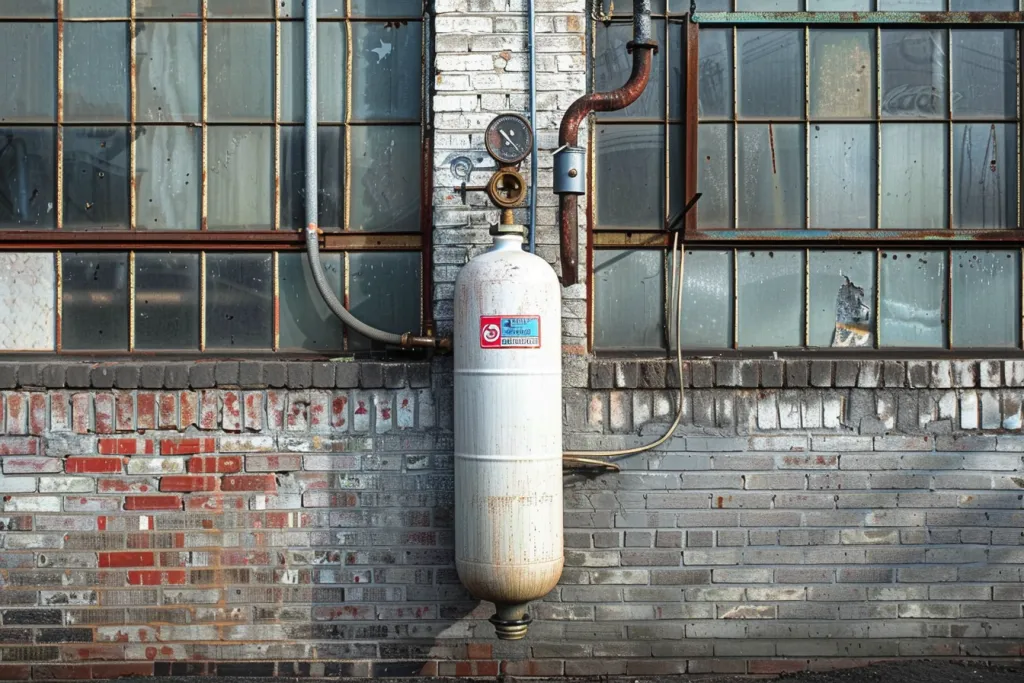Cylinders, the backbone of industrial machinery, are pivotal in a myriad of applications, from construction equipment to manufacturing lines. Understanding their functionality, how to use them, and what they cost is crucial for professionals in the field. This guide offers an in-depth look at cylinders, aiming to enhance your knowledge and assist in making informed decisions.
Table of Contents:
1. What is a cylinder?
2. How do cylinders work?
3. How to use cylinders
4. How much do cylinders cost?
5. Top cylinders in the market
What is a cylinder?

Cylinders are fundamental components in the machinery world, functioning as the central working parts of engines or as actuators in hydraulic and pneumatic systems. Their basic structure comprises a cylindrical barrel, a piston that moves back and forth within the barrel, and piston rods that transmit the force. This simple yet efficient design enables them to perform a wide range of tasks, from lifting heavy loads to powering the engines of vehicles.
In the context of engines, cylinders are where the combustion process occurs, generating the power needed to move a vehicle. For hydraulic and pneumatic systems, cylinders convert fluid or air pressure into mechanical force, facilitating movement or lifting actions. The versatility and efficiency of cylinders make them indispensable in industrial, automotive, and construction applications.
The materials used in cylinder construction vary depending on their intended use. Steel and aluminum are common for their durability and strength, while composite materials are used for lighter weight applications. The choice of material affects not only the performance but also the lifespan and reliability of a cylinder, highlighting the importance of selecting the right cylinder for the job.
How do cylinders work?

The operation of a cylinder depends on its type: hydraulic, pneumatic, or internal combustion. Hydraulic cylinders work by transferring hydraulic fluid in and out of chamber(s) through a piston to create movement. The pressurized fluid acts on the piston, causing it to move and thus extend or retract the piston rod. This movement can be precisely controlled, making hydraulic cylinders ideal for applications requiring significant force and accuracy.
Pneumatic cylinders operate on a similar principle but use compressed air instead of hydraulic fluid. The air pressure against the piston moves it along the cylinder, translating air pressure into mechanical work. Pneumatic systems are commonly used in automation and robotics, offering a cleaner alternative to hydraulic systems, especially in food production or pharmaceutical manufacturing.
Internal combustion cylinders, found in engines, work by igniting a mixture of fuel and air in a confined space. The explosion forces the piston down, converting chemical energy into mechanical energy. This process repeats several times per second, generating the power needed to drive a vehicle. The efficiency of these cylinders is paramount to the overall performance of an engine, influencing fuel consumption and emissions.
How to use cylinders

Using cylinders effectively requires understanding their specifications and operating limits. For hydraulic and pneumatic cylinders, it’s crucial to match the cylinder’s force output and speed to the application’s requirements. This involves calculating the required pressure and flow rate for hydraulic cylinders or the air volume and pressure for pneumatic cylinders. Proper installation is also key to maximizing efficiency and lifespan, ensuring that cylinders are aligned correctly and that there is minimal risk of contamination.
Maintenance plays a significant role in the usage of cylinders. Regular inspections for leaks, wear, and damage can prevent failures and extend the service life of a cylinder. For internal combustion cylinders, maintaining the engine, including regular oil changes and spark plug replacements, is vital to ensure optimal performance and prevent damage.
Safety is another critical aspect of using cylinders. High pressures, especially in hydraulic and pneumatic systems, pose risks of injury or equipment damage. Following proper safety protocols, such as using lockout/tagout procedures and wearing protective equipment, can mitigate these risks.
How much do cylinders cost?

The cost of cylinders varies widely depending on their type, size, material, and manufacturer. Hydraulic cylinders can range from a few hundred to several thousand dollars, influenced by their capacity and precision. Pneumatic cylinders are generally less expensive, with prices starting as low as fifty dollars for basic models and increasing for larger or more specialized units.
Internal combustion cylinders, integral to engines, are not typically sold individually due to their complexity and the need for precise engineering. The cost of repairing or replacing these cylinders can be significant, often requiring professional service and parts that can add up quickly.
For businesses, the total cost of ownership, including purchase price, maintenance, and operation costs, is an essential consideration. Investing in high-quality cylinders may have a higher upfront cost but can lead to savings in the long run through improved efficiency, reliability, and lifespan.
Top cylinders in the market

When it comes to selecting a cylinder, the options are vast, but some brands and models stand out for their quality, reliability, and performance. For hydraulic cylinders, brands like Parker Hannifin and Bosch Rexroth are renowned for their engineering excellence and wide range of products suitable for various applications. SMC and Festo lead the way in pneumatic cylinders, offering innovative solutions for automation.
In the realm of internal combustion, the focus shifts to engine manufacturers. Companies like Cummins, Caterpillar, and Honda are known for their efficient, powerful, and reliable engines, which are the result of advanced cylinder design and manufacturing techniques.
Selecting the right cylinder requires careful consideration of the application, including force requirements, speed, and environmental conditions. Consulting with manufacturers or specialists can provide valuable insights and ensure that the chosen cylinder meets the specific needs of the project.
Conclusion:
Cylinders are indispensable components in machinery, playing crucial roles in various applications across industries. Understanding how they work, how to use them properly, and what they cost is essential for professionals seeking to maximize efficiency and reliability in their operations. With a wide range of options available, selecting the right cylinder can be a daunting task, but with the right knowledge and guidance, it’s possible to find the perfect match for any application.




